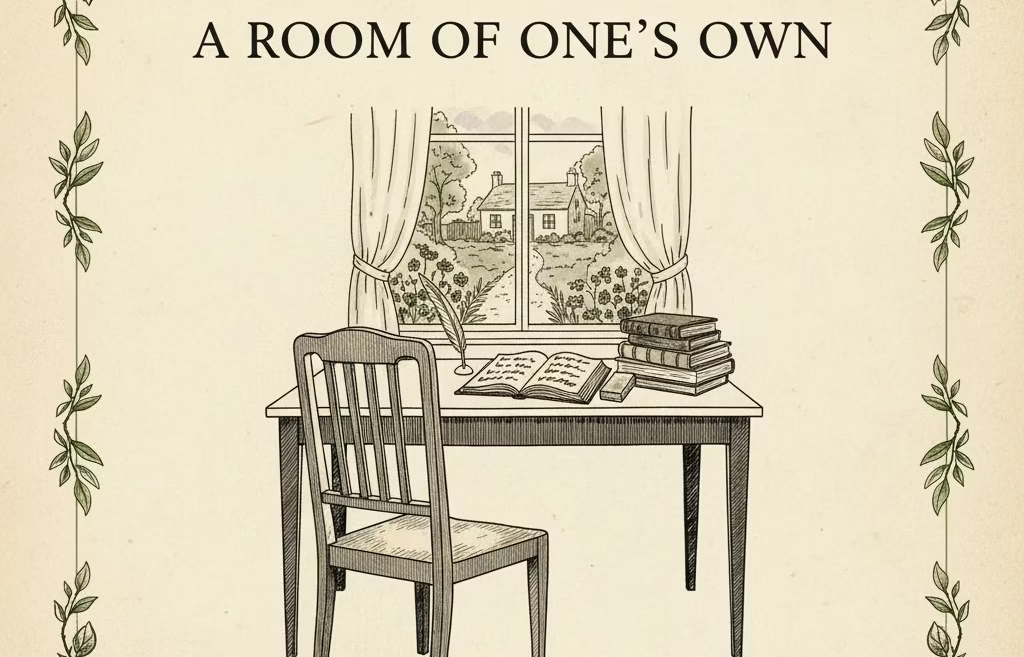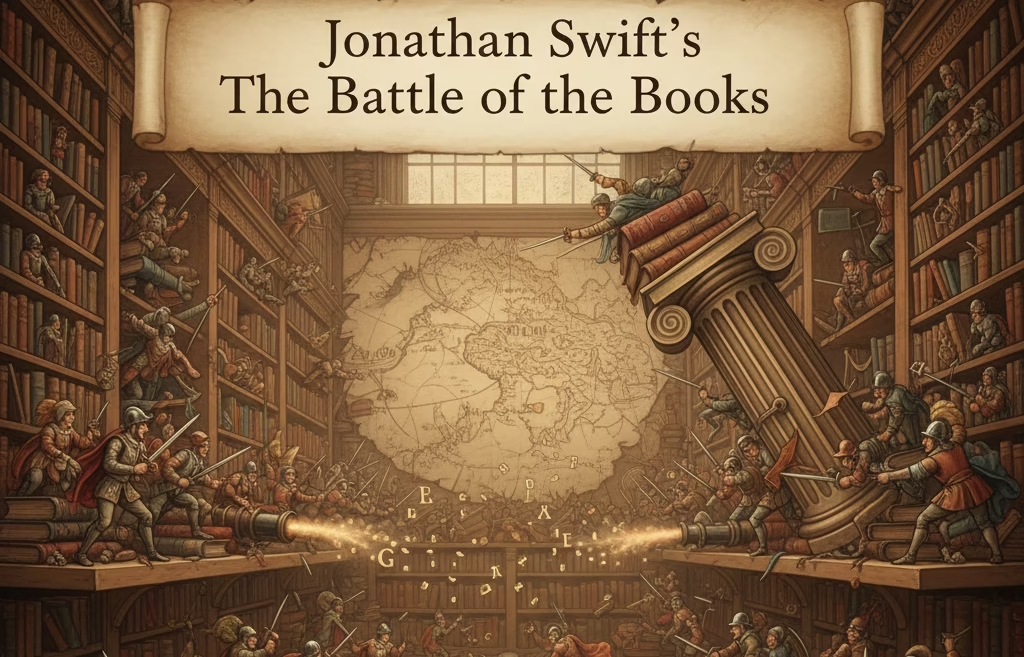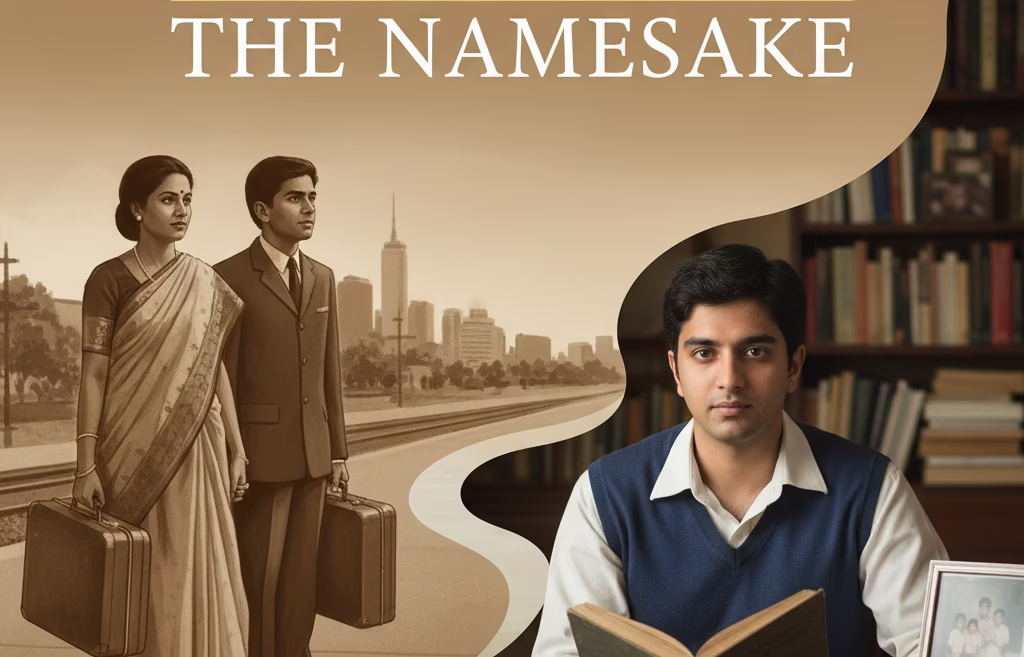Introduction
Samuel Beckett’s Waiting for Godot stands as a defining work of the Theatre of the Absurd, challenging audiences and critics alike since its debut in 1953. Samuel Beckett’s Waiting for Godot stands as a defining work of the Theatre of the Absurd, a dramatic movement that emerged in the aftermath of World War II. Absurdism explores the conflict between humans’ desire to find inherent meaning in life and the universe’s apparent indifference to this search.
In Waiting for Godot, Beckett uses minimalist settings, repetitive dialogue, and cyclical plot structures to immerse audiences in a world where traditional narrative and logical progression break down. The play challenges viewers to confront the existential reality that life may be without clear purpose, yet it also highlights the resilience of hope and human connection amid uncertainty. Since its debut in 1953, Waiting for Godot has captivated audiences and critics alike, continuing to inspire deep reflection on the nature of existence, time, and meaning. This article delves into the play’s unique structure, its existential themes, and the reasons why Beckett’s masterpiece remains profoundly relevant to readers and theatre goers worldwide.
What is “Waiting for Godot”?
Waiting for Godot is a two-act play by Irish writer Samuel Beckett, first performed in Paris in 1953. It is universally recognised as a cornerstone of the Theatre of the Absurd, a movement that upended traditional drama by embracing ambiguity, illogicality, and existential questioning. Waiting for Godot is a two-act play centred on Vladimir and Estragon, two men who wait by a barren tree for the mysterious Godot, who never arrives. Their repetitive conversations, encounters with the pompous Pozzo and his servant Lucky, and the cyclical nature of their wait form the heart of the play. READ MORE
Plot Overview
The play unfolds on a barren country road, beneath a solitary, leafless tree. Vladimir and Estragon, two tramps, wait for a mysterious figure named Godot, with whom they believe they have an appointment. Godot never arrives. As they wait, they engage in philosophical banter, contemplate leaving, and encounter two other characters—Pozzo, a pompous traveler, and his servant Lucky. Each act ends with a boy delivering the message that Godot will not come “today, but surely tomorrow.”
Waiting for Godot: Absurdism at Its Core
At its heart, Waiting for Godot is a meditation on absurdism—the conflict between humanity’s search for meaning and the apparent meaninglessness of the universe. Beckett’s minimalist staging, repetitive dialogue, and lack of conventional plot force audiences to confront the absurdity of existence. The characters’ actions, conversations, and endless waiting highlight the futility and hope that coexist in the human condition.
The Theatre of the Absurd
Definition: A movement in postwar Europe that dramatizes the illogical, chaotic, and meaningless aspects of life.
Features in the Play: Sparse setting, cyclical structure, fragmented language, and existential themes.
Impact: Beckett’s approach influenced a generation of playwrights, including Harold Pinter and Tom Stoppard. FOR MORE INFORMATION
Structure and Style
Minimalism and Repetition
Beckett’s stage directions are famously sparse: a country road, a tree, evening. The dialogue loops, with characters often forgetting past events and repeating actions. This minimalism strips away distractions, focusing attention on the existential plight of the characters.
Humour and Despair
Despite its bleak premise, the play is laced with humor. Vladimir and Estragon’s exchanges are filled with puns, slapstick, and wordplay, creating a tragicomic effect that highlights the absurdity of their situation.
Waiting for Godot Themes
- Absurdism: The play embodies the philosophy that life’s search for meaning is met with the universe’s silence.
- Existential Uncertainty: The characters’ endless wait for Godot becomes a metaphor for humanity’s quest for purpose, hope, or salvation—none of which is ever realized.
- Time and Memory: Time is ambiguous; days blur together, and the characters struggle to recall the past, reinforcing existential confusion.
- Human Connection: Despite frequent quarrels, Vladimir and Estragon’s companionship is vital, illustrating the importance of relationships amid uncertainty.
- The Search for Meaning : Vladimir and Estragon’s endless wait for Godot becomes a metaphor for humanity’s search for purpose. Godot, who never arrives, represents hope, salvation, or meaning—whatever the characters (and audience) project onto him.
- Time and Memory: Time in Waiting for Godot is ambiguous. Days blur together, and the characters struggle to remember even the simplest details. This uncertainty reflects the instability of human memory and the cyclical nature of existence.
- Relationships and Dependency: The relationship between Vladimir and Estragon is central: they bicker, reconcile, and rely on each other for companionship and survival. Their interactions with Pozzo and Lucky further explore themes of power, control, and human connection.
Characters in “Waiting for Godot”
| Character | Description |
|---|---|
| Vladimir | The more philosophical, hopeful character; seeks meaning in their wait. |
| Estragon | Focused on immediate needs; forgetful, impatient, relies on Vladimir. |
| Pozzo | Pompous, authoritarian passerby; represents power and its fragility. |
| Lucky | Pozzo’s mistreated servant; delivers a famous, nonsensical monologue. |
| The Boy | Messenger who informs them Godot will not come “today, but surely tomorrow.” |
Waiting for Godot Analysis
Existentialism and Absurdity
Beckett’s play is often viewed through the lens of existential philosophy. The characters’ predicament—waiting endlessly for an external savior who never comes—mirrors the existential belief that life has no inherent meaning, and that individuals must create their own purpose. The play’s ambiguity invites multiple interpretations, each reflecting the viewer’s own search for meaning.
Religious and Political Readings
Religious: Godot’s name and the act of waiting have led many to see religious allegory, with Godot as a stand-in for God or salvation. The characters’ faith and doubt mirror religious experience.
Political: Others interpret the play as reflecting the uncertainty and disillusionment of postwar Europe, with its themes of power, oppression, and the search for hope in a fractured world.
The Influence of “Waiting for Godot”
Waiting for Godot revolutionised modern theatre, inspiring experimental and avant-garde works. Its minimalist style and philosophical depth have influenced countless artists, directors, and writers, and its themes remain relevant in contemporary discussions of meaning, identity, and the human condition.
Why “Waiting for Godot” Still Resonates
Universal Themes
The play’s exploration of uncertainty, hope, despair, and the search for meaning continues to resonate with audiences. Its ambiguity allows for endless reinterpretation, making it a favorite for directors, actors, and scholars seeking to explore new dimensions of human experience.
Influence on Modern Theatre
Beckett’s masterpiece paved the way for experimental and avant-garde works. Its minimalist style and philosophical depth have inspired generations of artists and thinkers, shaping the evolution of modern drama.
Conclusion: Beckett’s Absurdist World
Waiting for Godot endures because it asks the fundamental questions of existence: Why are we here? What should we do while we wait for answers? By confronting the absurdity of life with humour and honesty, Beckett invites us to find meaning—even if it’s only in the act of waiting.
Frequently Asked Questions About Waiting for Godot
What does “Godot” represent?
Godot’s identity is deliberately ambiguous. He may symbolise God, hope, meaning, or simply the act of waiting itself. Beckett refused to clarify, leaving interpretation to each viewer.
Why do Vladimir and Estragon keep waiting?
Their persistent waiting reflects humanity’s hope for external solutions, even in the face of uncertainty and disappointment—a metaphor for the search for purpose in an unpredictable world.
What is the significance of the tree?
The tree is the only notable feature of the landscape and serves as a symbol open to interpretation—life, hope, time, or even the barrenness of existence.






1 Comment
[…] EXPLORE MORE AUTHORS […]